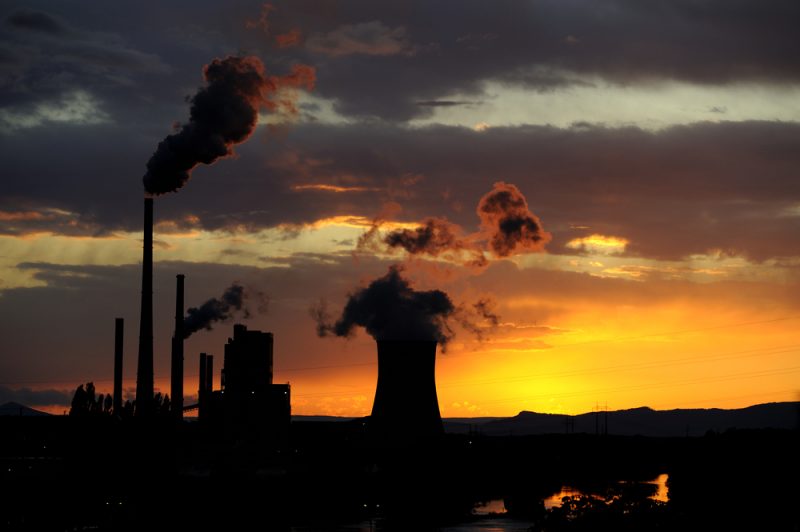Resources, technology will play important role on future coal production

According to the U.S. Energy Information Administration’s (EIA) Annual Energy Outlook 2017 (AEO2017), in the United States’ coal production levels could range from flat to continuing declines through 2040.
The AEO2017 includes cases with alternative assumptions about U.S. environmental policy, levels of oil and natural gas resource development and technological advancement. Depending on the case, coal production projections can vary significantly.
The AEO2017 Reference case, which includes all current laws and regulations including the Clean Power Plan (CPP), predicts that U.S. coal production would decline from 740 million short tons (MMst) in 2016 to 620 MMst in 2040.
Without the CPP, EIA projects that coal production would be considerably higher and would stabilize at approximately 900 MMst from 2025 through 2040.
In a case that assumes higher levels of oil and gas availability, technological advancement in the natural gas industry and lower natural gas prices, coal production would decline to 500 MMst by 2040 with the CPP. In a similar case without the CPP, remain near the same level but overall electricity generation increases. Most of the additional generation comes from coal.
In a case in which conditions are less favorable for oil and gas, natural gas is replaced in the generation mix by renewables and coal. Coal production would remain fairly level staying near 800 MMst from 2025 through 2040.
In the Reference case, approximately 96 gigawatts (GW) of the existing fleet of 265 GW of coal-fired electric generating capacity in 2016 is expected to retire or convert to natural gas by 2040. The number of retirements or conversions under high resources and technology assumptions without the CPP are close to the same level. In the High Oil and Gas Resource and Technology case that includes the CPP, retirements and conversions would reach approximately 124 GW.
